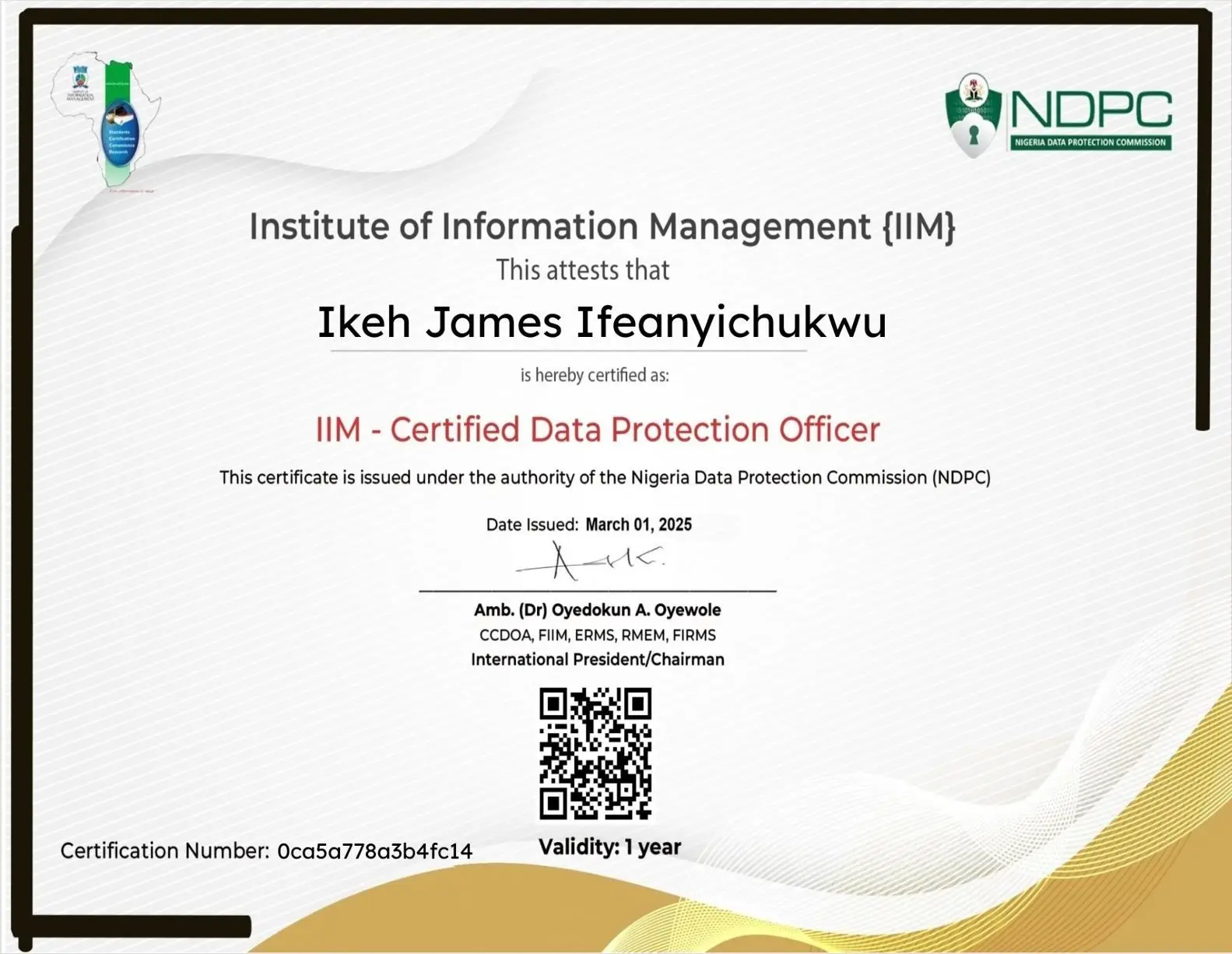AI-Powered Cyberattacks 2025: What Companies Must Do Now
Share

The year 2025 has marked a turning point in cybersecurity: AI-powered cyberattacks are no longer a theoretical risk they’re happening at scale. As artificial intelligence becomes more sophisticated, attackers are weaponising it to launch faster, stealthier, and more damaging attacks against businesses of all sizes.
Why AI-Powered Cyberattacks Are Rising in 2025
Artificial intelligence is a double-edged sword. While businesses use AI for fraud detection, risk management, and security automation, cybercriminals now exploit the same technologies.
Common AI-driven attack methods include:
- Automated Phishing: AI crafts hyper-personalized phishing messages at scale, making them harder to detect.
- Deepfake Scams: Fraudsters use synthetic voices and videos to impersonate executives or clients.
- Adaptive Malware: Malicious code that changes its behavior to avoid detection.
- Automated Exploits: Machine learning tools scan for and exploit vulnerabilities faster than humans can patch them.
Example: In early 2025, a multinational bank reported losses exceeding $25 million when attackers used AI-powered voice deepfakes to trick employees into approving fraudulent transactions.
Why Businesses Are Particularly Vulnerable Now
The surge in AI-powered cybercrime is amplified by today’s business environment:
- Remote & Hybrid Work: More endpoints mean more vulnerabilities.
- Digital Supply Chains: A weak link in a vendor system can compromise multiple businesses.
- Skill Gaps in Cybersecurity: Many firms lack in-house expertise to defend against AI-level threats.
According to IBM’s X-Force Threat Intelligence Report (2025), AI-related cyberattacks have increased year-over-year, with phishing and ransomware as the most common entry points.
European Bank Heist (2025): Attackers used AI to generate real-time fake video calls of executives, convincing staff to release funds.
Healthcare Breach (U.S., 2025): AI-driven malware bypassed traditional firewalls, exposing millions of patient records.
SMB Targeting: Smaller companies with limited budgets are increasingly exploited as stepping stones into larger corporate networks.
Businesses cannot rely on old playbooks. Here’s what works in 2025:
1. Deploy AI-Powered Security Tools
- Use machine learning-based detection for anomalies.
- Automate responses to suspicious activity.
- Continuously update models with real-world threat data.
2. Adopt Zero Trust Architecture
- Never trust, always verify.
- Limit user access to the absolute minimum.
- Require multifactor authentication everywhere.
3. Prioritize Employee Awareness
- Conduct AI-driven phishing simulations.
- Provide ongoing training on spotting deepfakes and social engineering.
- Encourage a “verify before acting” culture.
4. Enhance Data Protection
- Encrypt all sensitive data at rest and in transit.
- Apply data minimization: collect only what is necessary.
- Audit access logs regularly.
5. Strengthen Incident Response Plans
- Update playbooks for AI-specific threats like deepfakes.
- Use AI-driven forensics tools to detect anomalies quickly.
- Collaborate with law enforcement and regulators early.
6. Partner with Cybersecurity Experts
- Managed Security Service Providers (MSSPs) with AI expertise can provide 24/7 monitoring.
- Cyber threat intelligence sharing helps predict attack trends.
Comparing Traditional vs. AI-Powered Attacks
| Factor | Traditional Cyberattacks | AI-Powered Cyberattacks (2025) |
| Speed | Hours to weeks | Seconds to minutes |
| Personalization | Limited, generic | Hyper-targeted at scale |
| Detection | Easier with static tools | Harder due to adaptive behavior |
| Impact | Contained disruption | Severe financial + reputational damage |
FAQs on AI-Powered Cyberattacks
Q1: Can small businesses defend against AI-driven attacks?
Yes. With cloud-based AI security tools, affordable MDR (Managed Detection and Response), and strong staff training, even SMEs can build resilience.
Q2: Are AI attacks only a threat to large corporations?
No. Smaller companies are often targeted because attackers assume defenses are weaker.
Q3: Can AI also help defend against these threats?
Absolutely. AI is essential for real-time detection, anomaly spotting, and reducing human response times.
Q4: What role do regulators play?
Governments are pushing for stricter AI governance, data protection laws, and breach reporting requirements to address this evolving threat.



























